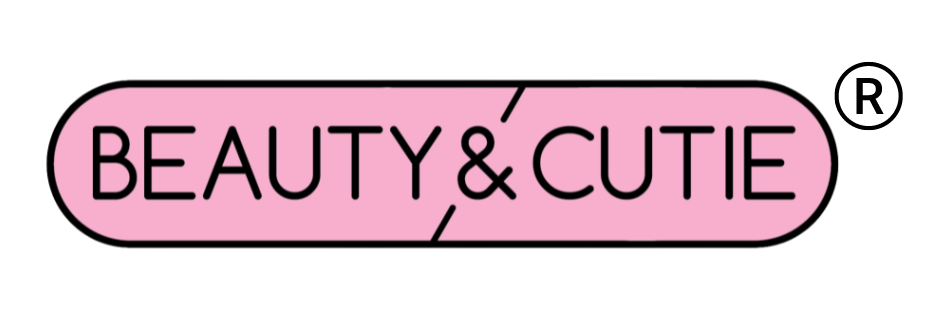Nail structure

The only reference to claws in humans tends to refer to romantic entanglement gone wrong. But in fact, human fingernails were derived from claws many millions of years ago. Claws, hooves, and fingernails are made primarily of keratin. The fingernail itself has two layers and is attached to the skin at the matrix. The visible part of the matrix is the white crescent shape at the base of the nail on the thumb. It can sometimes be visible on other fingers, and may not be visible at all on the pinky finger.
Nails grow continuously throughout life. The key to nail growth is the nail matrix. It is where keratinocytes work to produce keratin. The fingernails themselves are layers of dead cells mixed with keratin. The new keratin slowly pushes the dead cells out from the nail bed, resulting in fingernails.
The shape of fingernails is related to the shape of the bone underneath the finger and blood supply or trauma to the finger. As the nail grows out from the matrix, it flattens and hardens. Nutrition and overall health status also affect the nail shape. Ridges, lines, and discolorations can result from malnutrition or nutrient deficiencies. A study done in carpenters vs. office workers showed a greater flattening of nails in the carpenters. A similar study was done on jazz bassists and showed comparative results. The fingernails of the most commonly used fingers were flatter than the lesser-used fingers. The studies support the theory that increased trauma and circulation to the nail, results in a greater extent of flattening.
Fingernails grow at a rate of 3mm per month. Summer months and activity that increases blood circulation to the hand may slightly increase the growth rate. Poor nutrition or illness can result in slowed growth. Toenails grow at about half the rate of fingernails.

Nails Nutrition
Fingernails can be one of the most obvious signs of nutritional status. Adequate protein, micronutrients and fatty acids are critical for healthy nails and continued nail growth. Fingernails are made from keratin which is produced from amino acids. Amino acids are found in high protein sources. Protein found naturally in foods is the easiest form of protein to absorb.
Healthy nails appearance
We may color our nails so much that it can be hard to remember what a natural healthy nail should look like. The visual appearance of healthy nails are smooth nails with a pinkish nail bed. A white crescent shape at the end of the nail without any discoloration should be visible. The dermal layers surrounding the nail should be intact without redness or cuticle breaks. The end of the nails should have a smooth white edge without any breaks or layers visible.
Dieting
Dieting that results in too little protein or limited fatty acids can result in brittle nails. The body will conserve essential fats and shunt them away from fingernails resulting in weak and broken nails. Other nutrient deficiencies can happen with other diet imbalances including excessive glucose, too much alcohol or a vitamin deficiency. Eating a well-balanced diet is the only way to nourish your nails from the inside-out.
Eating a well balanced diet is the only way to nourish your nails from the inside-out.
Daily Nail Care Tips:
Nails require good nutrition to maintain optimum appearance. Adequate protein and fatty acid intake are crucial for building keratin and maintaining moisture to prevent brittle nails. Below are some nail care tips for beautiful and strong nails. The American Academy of Dermatology Association has some additional tips at their website.
Trim nails straight across regularly
File any hanging broken nail edges
Maintain adequate protein and vitamin intake
Make sure to eat healthy fats like avocados, salmon or flax seeds
Avoid using acetone polish remover
Do not pick at cuticles, instead try a cuticle oil or lotion at bedtime
Avoid biting nails or biting cuticles
Be careful of putting harsh chemicals on the nails, such as household cleaners
Wear gloves when hand-washing dishes
Wear shoes that fit properly
Avoid digging out an ingrown finger or toenail
Wear shoes in public showers to avoid picking up any fungus which can transmit into your nails



